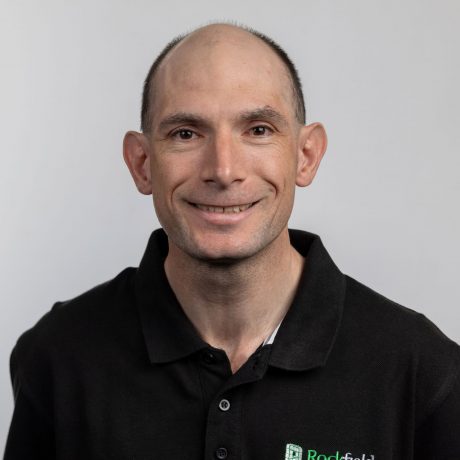Our Asset Excellence Team is comprised of Engineers with a passion for problem solving, asset health monitoring, investigating asset dynamics and resolving troublesome asset failure modes at their root cause.
In-house, real-time data acquisition tools include motion amplification, synchronous vibration data capture and of course access to Rockfield’s Design team who are specialists in simulating dynamic and modal scenarios involving both forced and/or natural excitation motives.
In this particular case, real-time data revealed that there was no loading/excitation bias being transmitted to the troublesome monorail. Despite this, the motion amplification study revealed two conclusive outcomes:
- The dominant flexure mode in each monorail was a natural mode (which occurred at a slightly different for frequency for the troublesome monorail).
- The physical flexure being generated by this natural mode was significantly higher at the troublesome monorail.
Whilst physically checking the integrity and structural bracing arrangements around the troublesome monorail, the structural bay supporting the troublesome monorail was found to contain unique structural brace connections.



